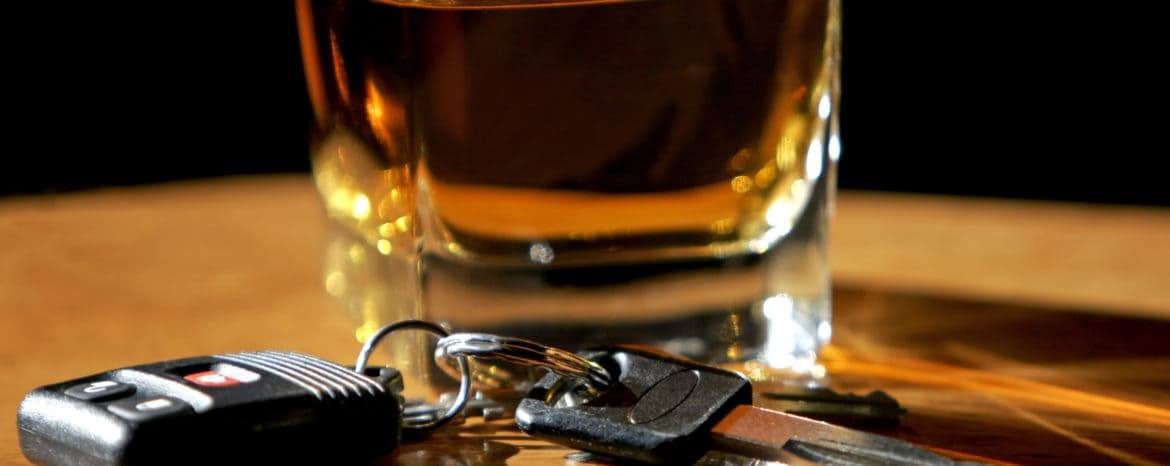A person who is suspected of drunk driving might be asked to take a field sobriety test if he or she is pulled over by law enforcement officers. One of the tests in the three-test battery is the horizontal gaze nystagmus test. This test has to do with the response of the eyes when a person is asked to track an object.
What does a nystagmus test check for?
The nystagmus is the involuntary movement, or jerking, of the eyes. Law enforcement officers watch for exaggerated nystagmus when the person is tracking an object from left to right. People who are under the influence of many drugs or alcohol tend to have more of the involuntary movements. People who aren’t intoxicated tend to have smooth and controlled movements when tracking an object from one side to the other.
Can anything impact a nystagmus test?
When an officer is conducting the horizontal gaze nystagmus test, the area should be well lit. Dim conditions and bright lights might provide false results. Even the flashing of the squad car lights could impact the results of this test.
Additionally, this test mustn’t be the only test that is used to determine if a person is under the influence, even though it is the most accurate of the three tests. Instead, this test should be conducted in conjunction with the one-leg stand and the walk and turn.
There are cases in which this test wouldn’t be admissible in court. If it wasn’t properly conducted or if there was a valid medical reason why the results weren’t accurate, it might be possible for the defense to have the test results considered inadmissible. Exploring the possibility of having the results invalidated could be an important defense consideration.
Source: FindLaw, “What Is Horizontal Gaze Nystagmus (HGN)?,” accessed Nov. 24, 2016
Related Content:
- Common Alcohol-Related Charges – FAQ Friday
- D-U-I-D: Driving Under the Influence of Drugs – FAQ Friday
- FAQ Friday – DUI in Virginia

